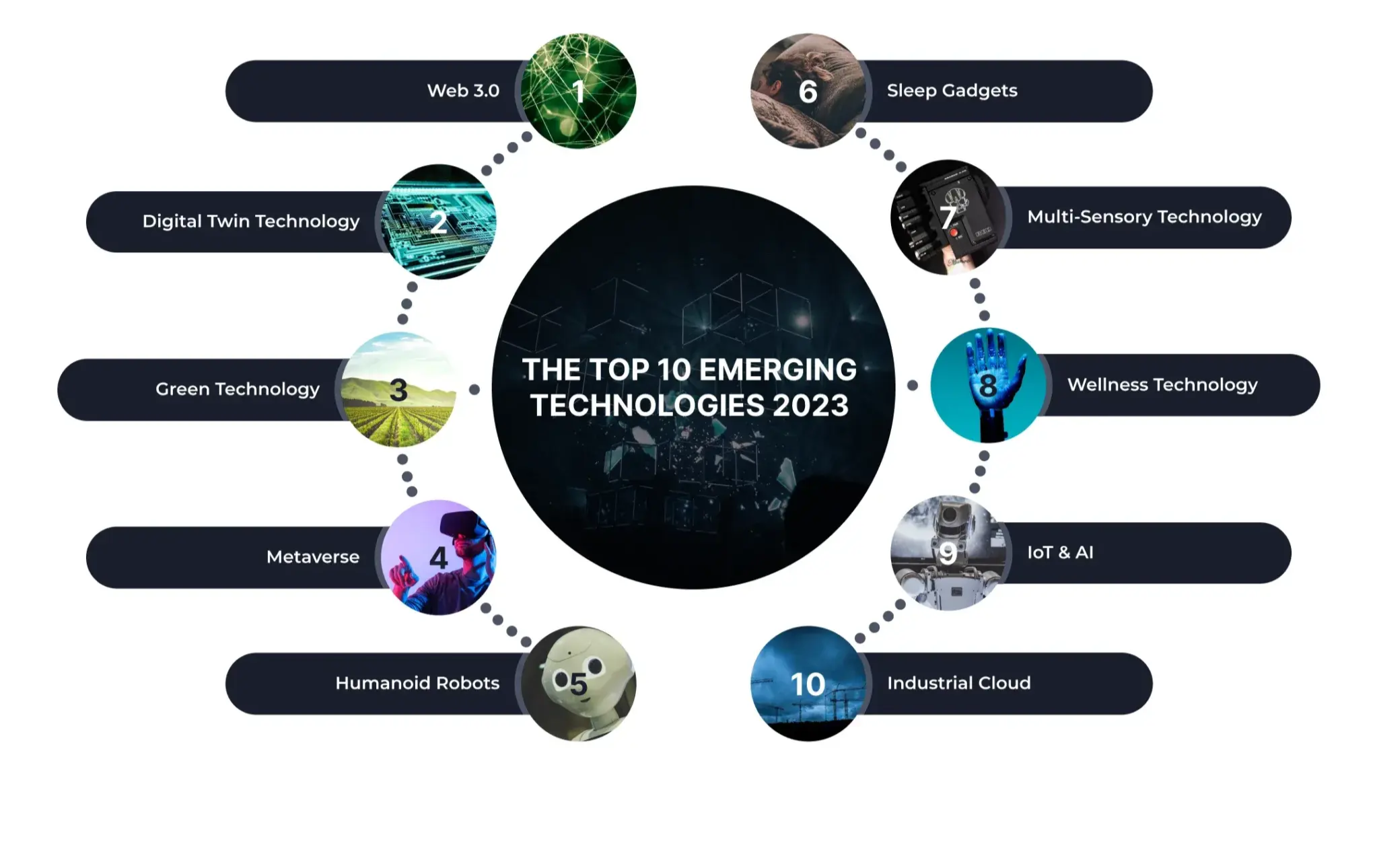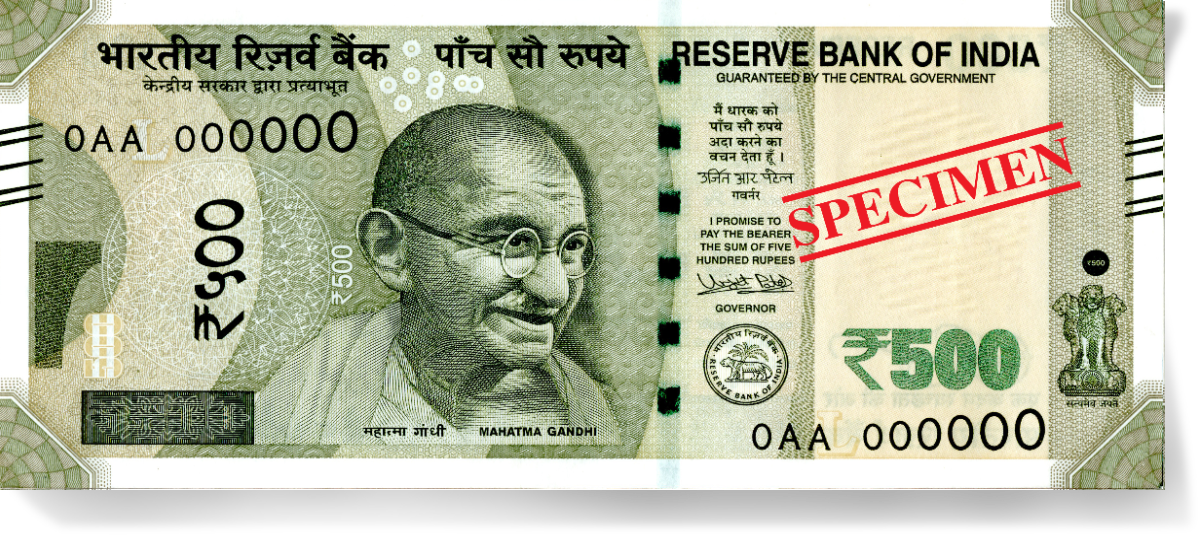Current Technology Trends Creating the Future
Current Technology Trends: Creating the Future
In This Post
1. Machine learning and artificial intelligence
2.Second, 5G technology
3. Edge Computing 3.
4. Blockchain and digital mone
5. Health technology and biotechnology
6. Renewable energy and sustainable technology
7. Privacy and cybersecurity
Conclusion
Current Technology Trends: Creating the Future
Current Technology Trends: Creating the Future ,Technology keeps expanding the bounds of what is possible in a world that seems to change at the speed of light. The newest technological advancements, such as artificial intelligence and the Internet of Things (IoT), are not only altering how we live and work but are also influencing how mankind will develop in the future. We'll explore some of the most fascinating and significant technological developments that are now fueling innovation in a variety of sectors in this post.
1. Machine learning and artificial intelligence
Machine learning (ML) and artificial intelligence (AI) are unquestionably at the forefront of technological development. Our daily lives are increasingly incorporating AI-powered systems and services, from virtual assistants like Siri and Alexa to Personalized recommendation features for streaming platforms and self-driving automobiles. Computers may now learn from data thanks to machine learning algorithms, which leads to gradual performance improvements over time without explicit programming.
The creation of Generative Adversarial Networks (GANs) is one of the most recent developments in AI and machine learning. GANs are a group of artificial intelligence (AI) algorithms that provide computers the ability to produce realistic material, such pictures, movies, and even text, with astounding accuracy. These networks have uses in a variety of industries, including design, entertainment, and the arts.
2.Second, 5G technology
The introduction of 5G technology is expected to completely transform how we connect and interact. 5G opens the door to breakthroughs like remote surgery, augmented and virtual reality experiences, and seamless communications thanks to its much higher data rates, lower latency, and expanded network capacity.
Integration of IoT devices. It is anticipated that this technology would revolutionize sectors including healthcare, manufacturing, transportation, and entertainment.
3. Edge Computing 3.
Real-time data processing and low-latency applications are in high demand, and edge computing is developing as a solution. Edge computing reduces the need for lengthy data transfers by processing data closer to its source than typical cloud computing, which sends data to a centralized server for processing. This development is especially important for applications that need split-second decision-making, such as driverless cars and industrial automation.
4. Blockchain and digital money
Blockchain, the technology that underpins digital currencies like Bitcoin and Ethereum, is expanding outside of the space of virtual money. Voting systems, supply chain management, digital identity verification, and other fields may all benefit from its decentralized and secure nature.
Blockchain-authenticated non-fungible tokens (NFTs), a new sort of digital asset, have spawned a market for digital artwork, collectibles, and ownership rights.
5. Health technology and biotechnology
The healthcare sector is being completely transformed by developments in biotechnology and health technology. Customized therapies based on unique patient profiles are now possible thanks to personalized medicine, which is fueled by genetic data and AI. Smartwatches and fitness trackers are examples of wearable health technology that is getting more advanced and can now monitor vital signs, even markers of mental health, in addition to physical activity.
6. Renewable energy and sustainable technology
Sustainable technology and renewable energy options are becoming more and more important as worries about climate change continue to increase. The switch to renewable energy is being accelerated by advancements in solar and wind energy, energy storage devices, and smart grid technologies.
a more sustainable energy environment. Additionally, the idea of a "circular economy" is gaining popularity, emphasizing the reduction of waste and extension of product lifespan through recycling and reusability.
7. Privacy and cybersecurity
Security and privacy have taken on a greater importance as a result of our growing reliance on digital platforms. Online shopping, remote employment, and linked gadgets have all increased the potential for cyberattacks. In order to protect sensitive data and digital identities, cybersecurity solutions like enhanced encryption, multi-factor authentication, and AI-driven threat detection are quickly developing.
Conclusion
The newest technological developments are changing sectors, testing our assumptions, and determining the direction of our future. Innovation has no boundaries, including fields like AI and 5G as well as sustainable technology and biotechnology. As these patterns persist They will surely result in possibilities and problems as they develop, altering the world in which we live and advancing mankind into previously unexplored areas of knowledge and capabilities. To succeed in this fast-paced technology environment, people, businesses, and society as a whole must embrace these trends and their possibilities.


























